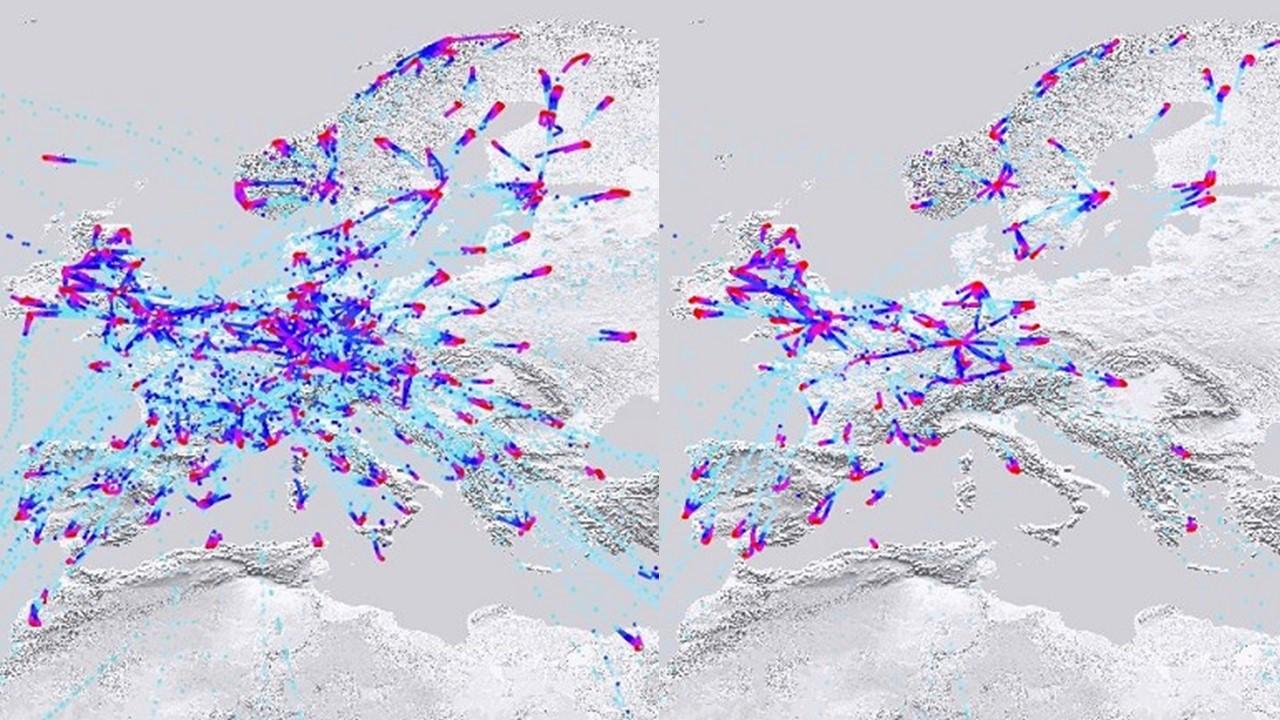
The drastic reduction in commercial aviation caused by the COVID-19 pandemic has slashed the number of atmospheric data reports from aircraft in flight, which is impacting weather forecasts.
New satellite-based observations are only partially mitigating the gap, according to European meteorologists.
By Mar. 23, the number of daily reports from aircraft over Europe has reduced by 65% compared with Mar. 2, said the European Center for Medium-Range Weather Forecasts (ECMWF). Globally the reduction was 42%.
Further decreases in reports are expected over Europe, the U.S. and other regions. A small proportion of aircraft reports come from cargo flights, which are less affected than passenger services, the Center noted.
Aircraft-based observations are used by weather prediction centers to help estimate the state of the Earth’s atmospheric system at the start of forecasts. “At ECMWF, aircraft reports are second only to satellite data in their impact on forecasts,” the center said.
One of the main sources of inflight observations is the World Meteorological Organization’s Aircraft Meteorological Data Relay (AMDAR) program. Using the aircraft’s onboard sensors, this transmits temperature, pressure, wind and turbulence data to the ground. Before the coronavirus crisis, ECWMF received about a million AMDAR reports a day.
According to a statistic that measures the sensitivity of forecasts to observations, aircraft data provided 13% of the impact of all observations used by the center averaged over 2019, ECMWF said, adding “About two-thirds of this comes from aircraft wind observations.”
There may be additional radiosonde launches in an attempt to mitigate the lack of AMDAR data, the center said. And, in January, ECWMF begun using wind information from Europe’s Aeolus satellite, launched in August 2018. “The Aeolus data will partly find the gap due to fewer aircraft reports,” it said.
The importance of aircraft observations was acknowledged at a workshop in early March, where ECWMF director of research Andy Brown said the data “make a hugely important contribution to the accuracy of analyses and forecast ... but there is scope for improvements.”
Meteorologists are looking at also using data derived from Mode S air traffic control messages. Before the crisis, 5 million Mode S reports were produced each day over the UK alone, ECWMF said. Operation trials have been under way in Europe, and the center expects to begin monitoring Mode S data in 2021.





